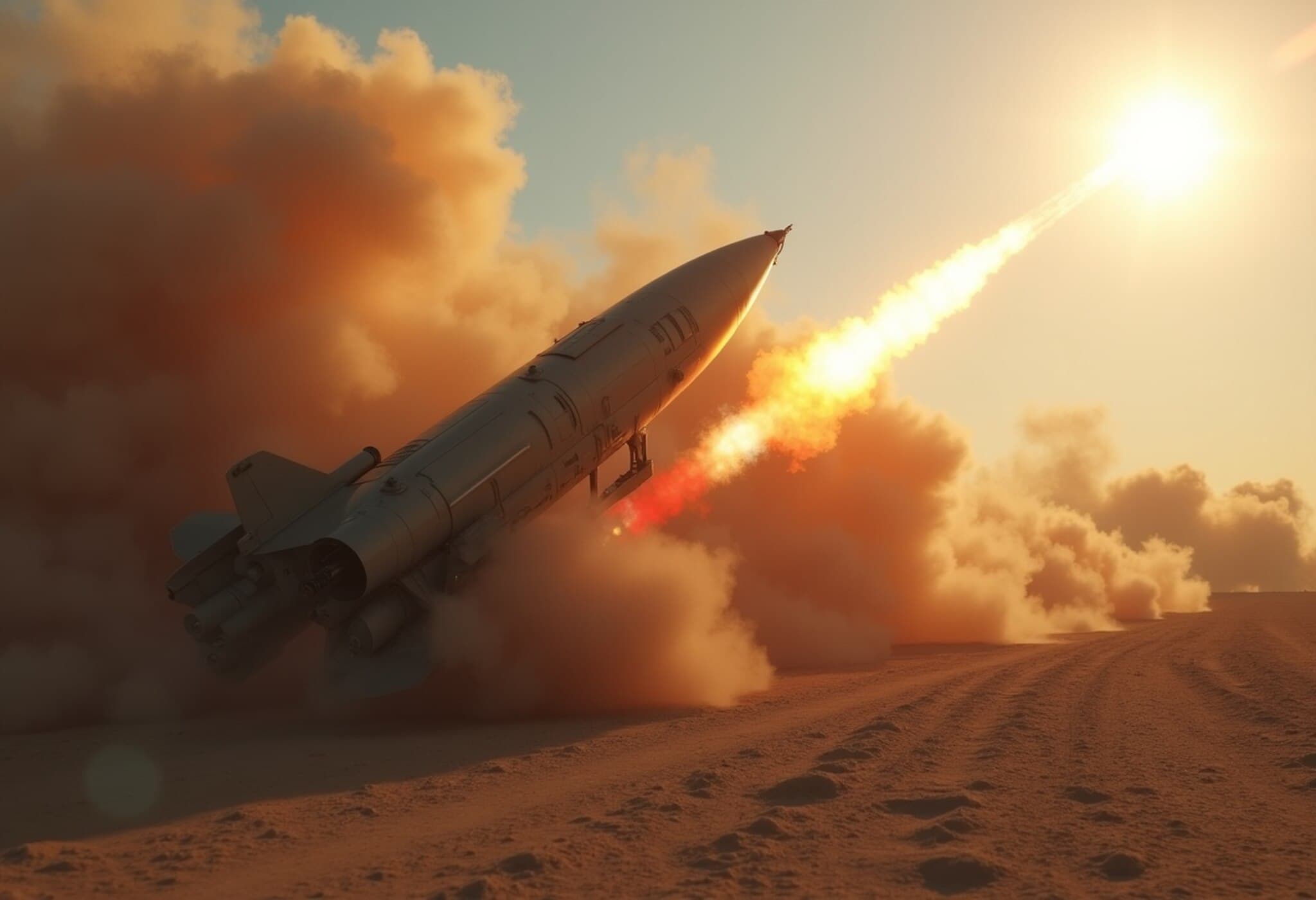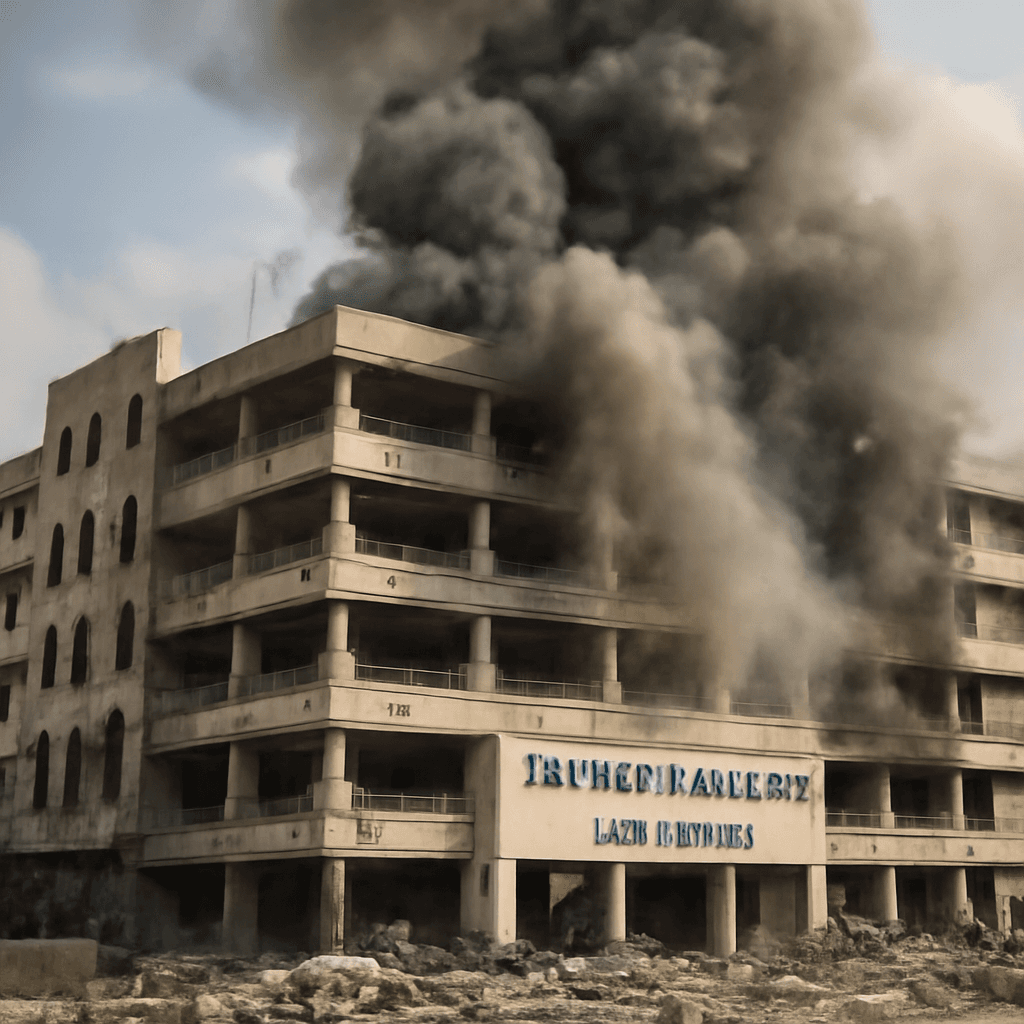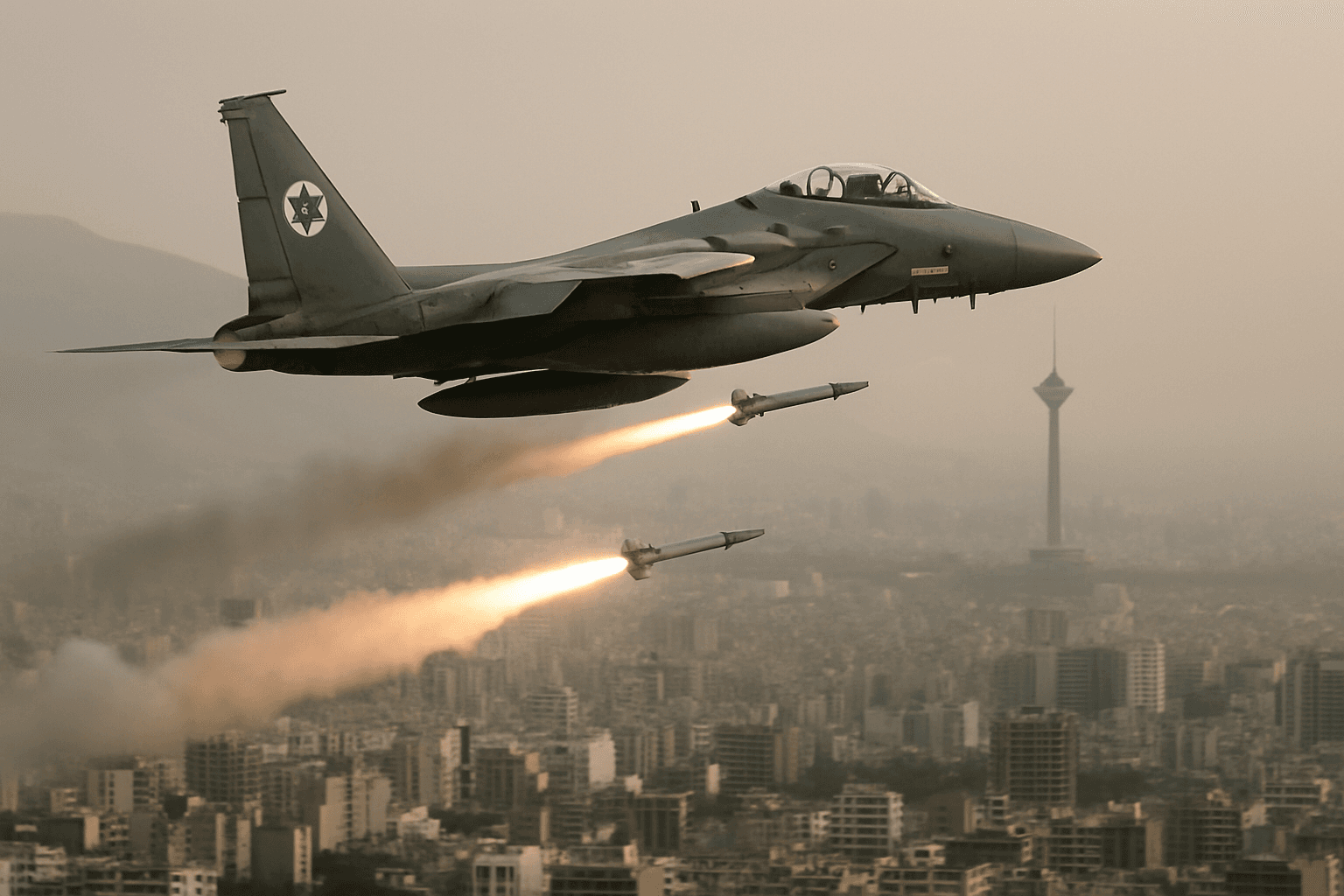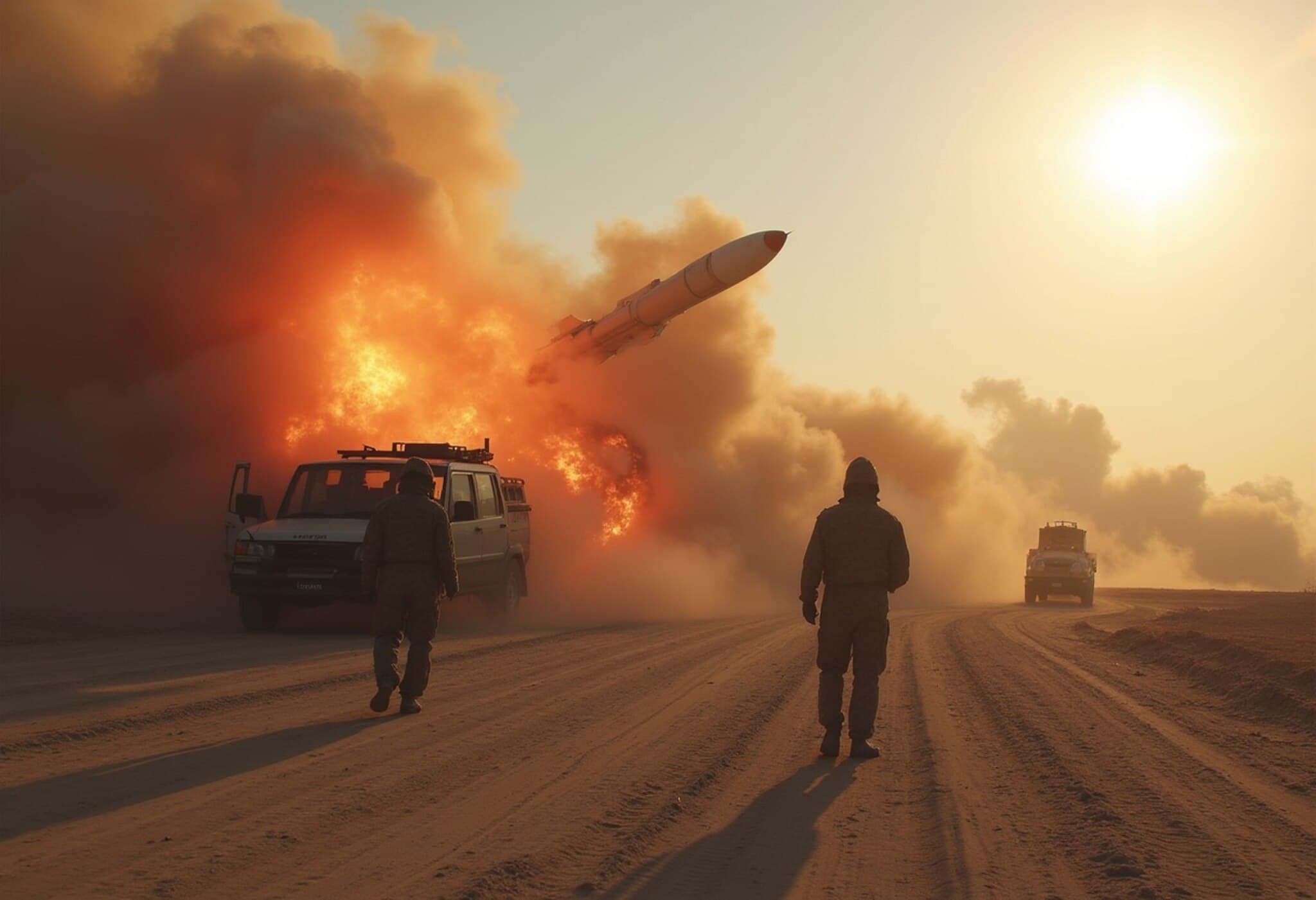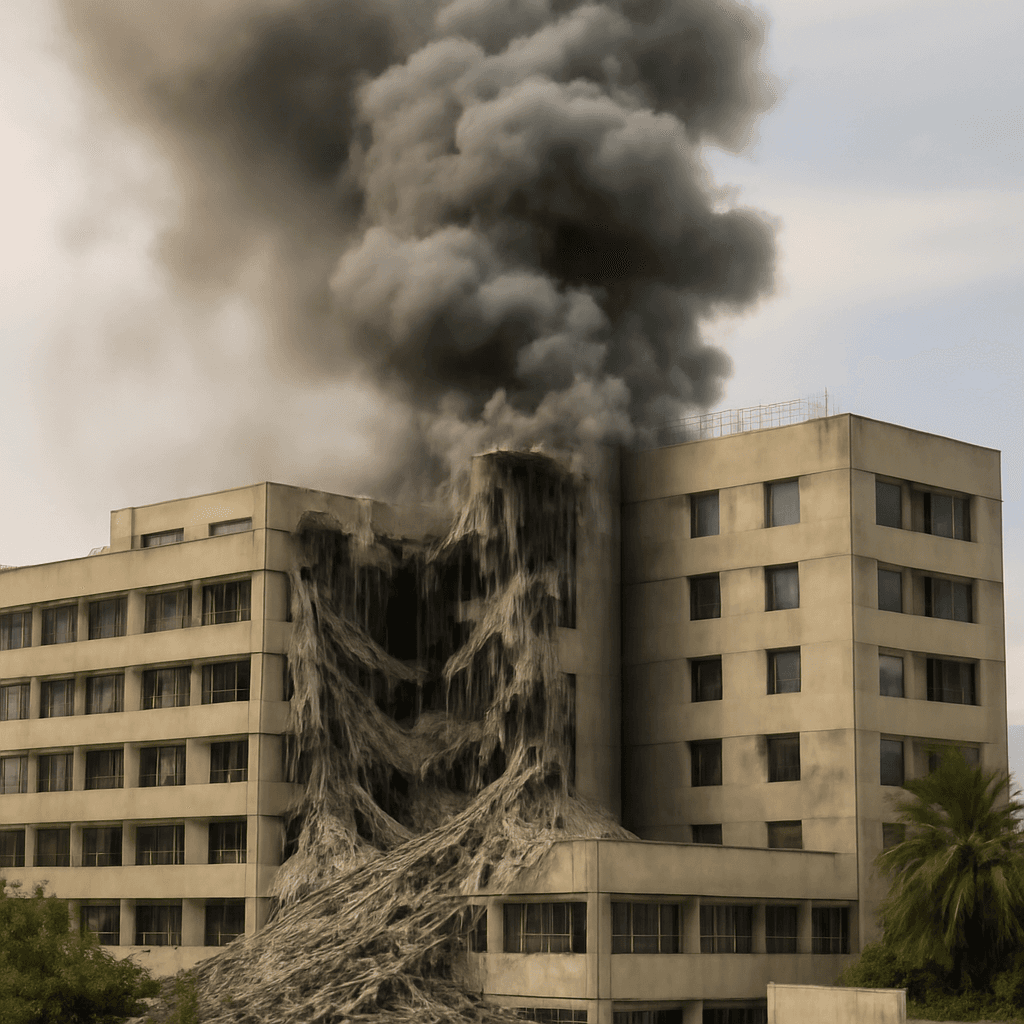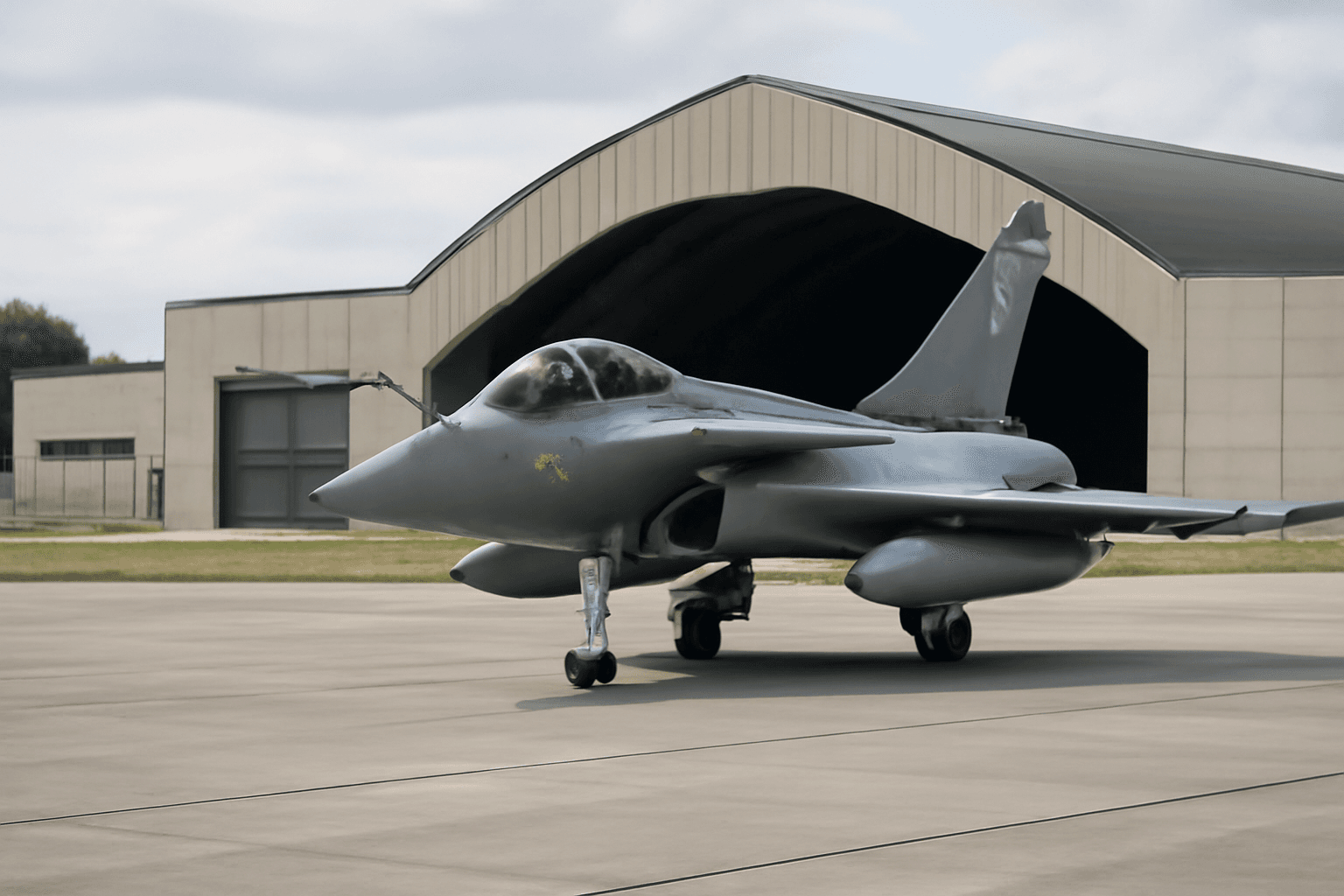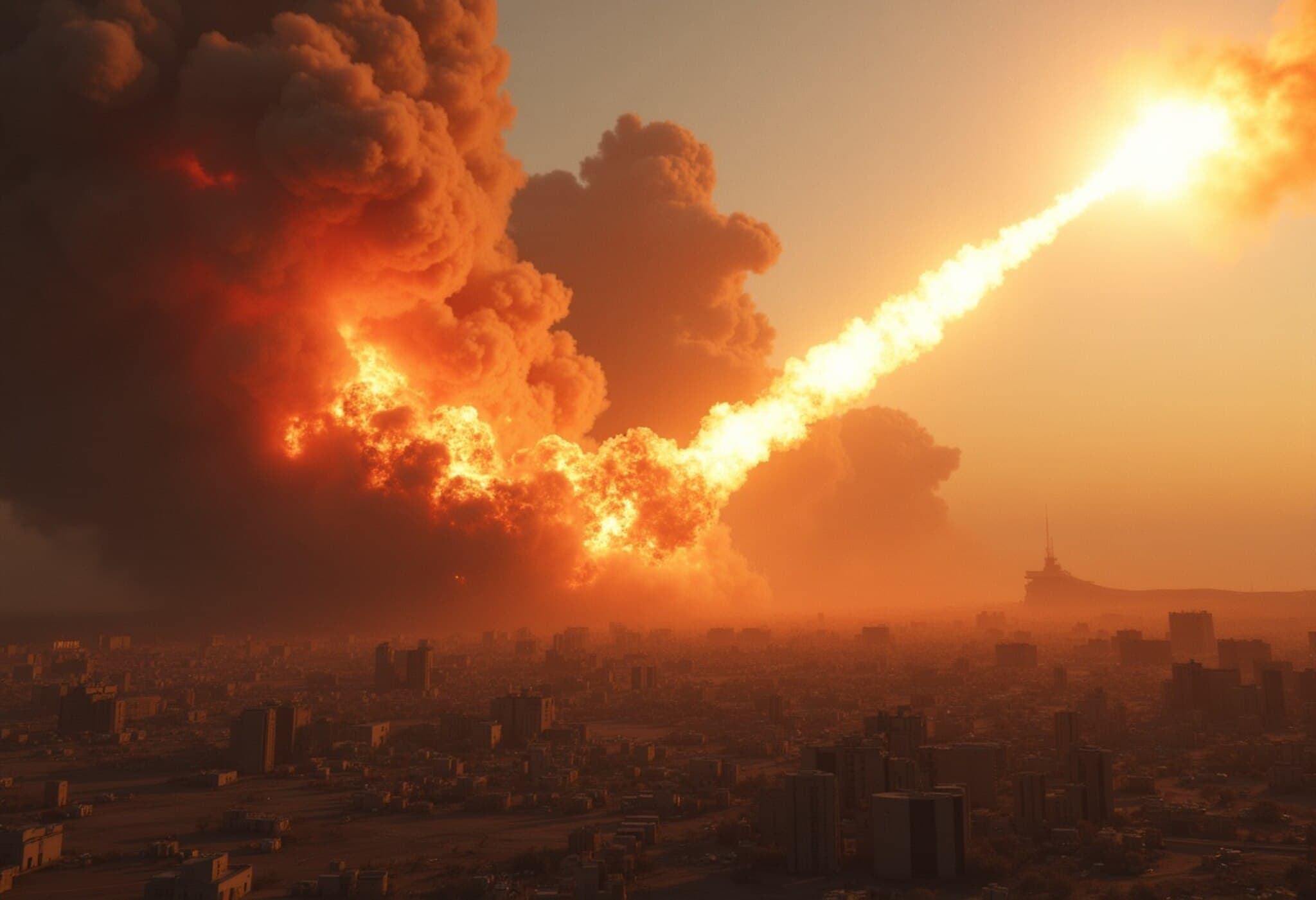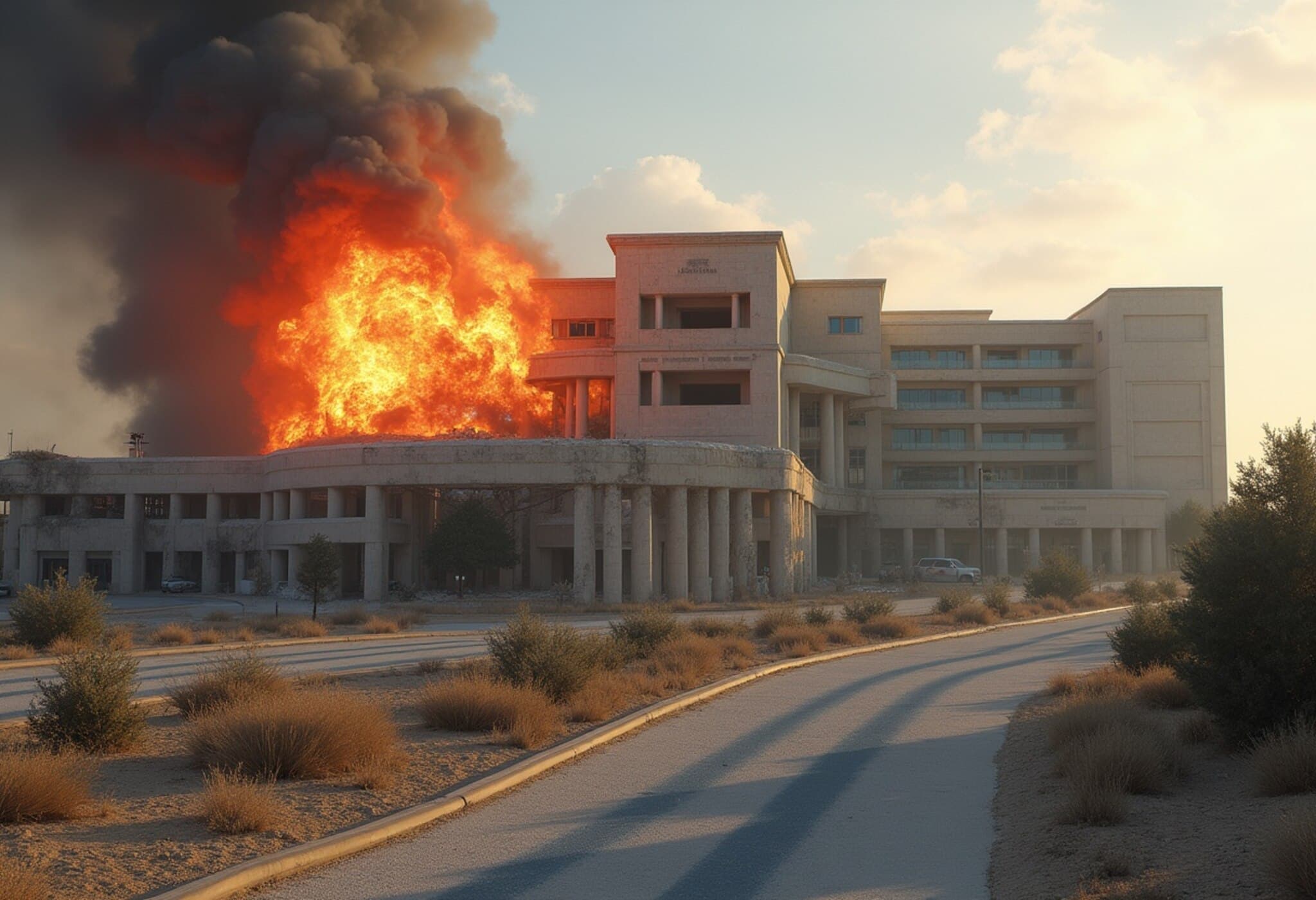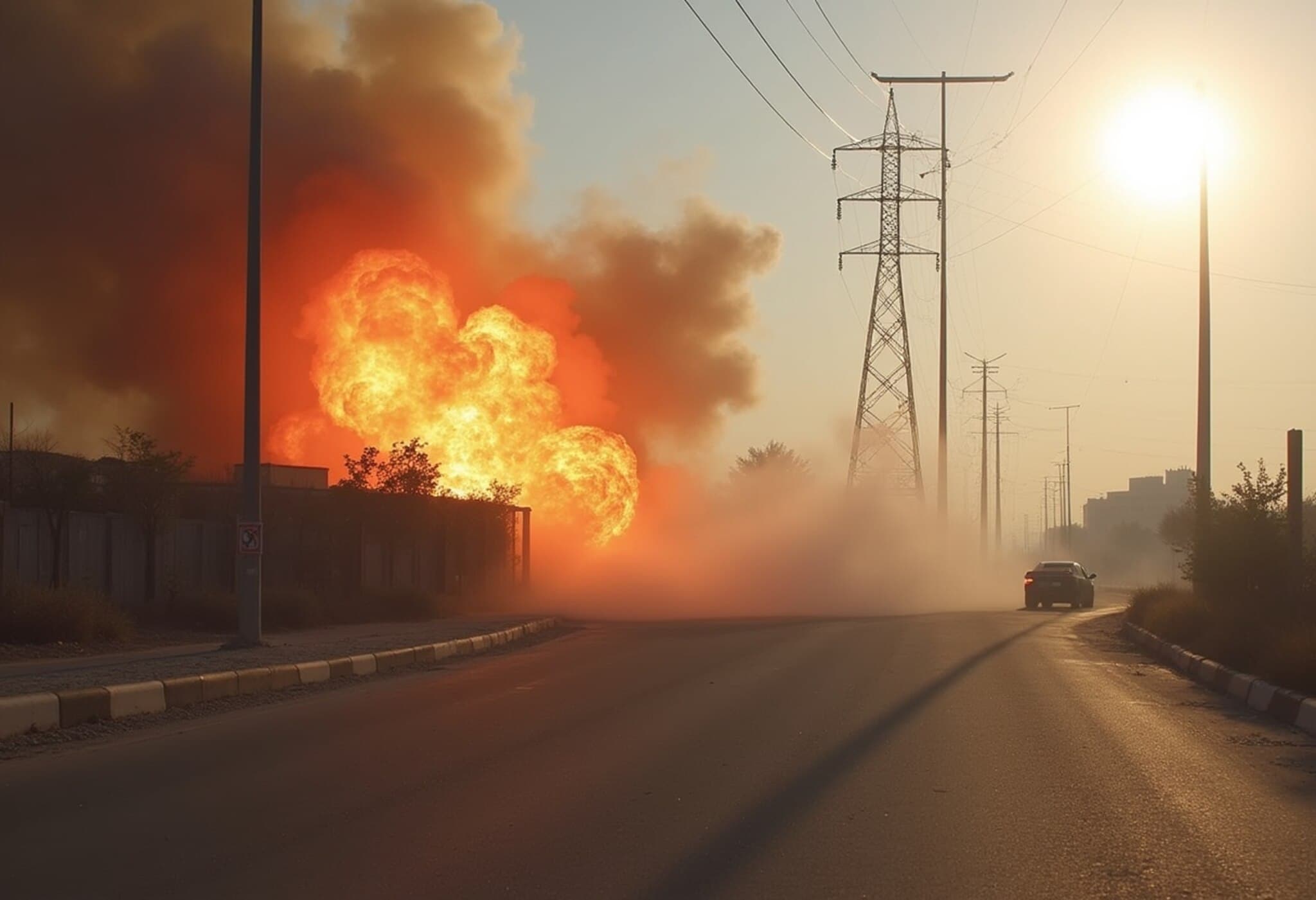Iran’s Missile Attack Employs Controversial Cluster Bombs
On June 19, a missile launched from Iran towards Israel contained a cluster bomb warhead, marking a significant escalation in the conflict. The Israel Defense Forces (IDF) confirmed that this was the first known use of cluster munitions in the ongoing hostilities, raising alarms over the potential human and infrastructural toll.
What Exactly Is a Cluster Bomb?
A cluster bomb is a type of weapon that disperses multiple smaller explosives, called submunitions, over a broad area. Instead of detonating as one single explosion, the bomb bursts mid-air, releasing these submunitions that spread out to cover a wide radius before striking the ground.
During the June 19 attack, reports indicated that the missile exploded roughly seven kilometers above the ground, scattering about 20 submunitions across an approximately eight-kilometer radius in central Israel. These submunitions are unguided; they simply fall and are designed to explode on impact.
The Controversy and Risks Surrounding Cluster Bombs
Cluster munitions have long been condemned due to their indiscriminate nature and the lingering dangers of unexploded ordnance. Because a considerable number of these submunitions often fail to detonate on impact, they remain hazardous long after a conflict ends, posing severe risks to civilians who might unknowingly come into contact with them.
Experts emphasize that these weapons cause wide-area destruction, especially devastating in densely populated civilian regions. The enduring presence of unexploded submunitions turns affected areas into perilous zones, complicating recovery and reconstruction.
Impact of the June 19 Attack
One submunition reportedly struck a residential home in the town of Azor, causing material damage. Fortunately, no casualties were immediately reported.
In response, Israel’s Home Front Command issued a public warning urging residents to stay vigilant and avoid touching any suspicious objects. The advisory highlighted the possibility of unexploded submunitions littering the area and encouraged immediate reporting of any such findings via emergency services.
How Cluster Bombs Differ from Traditional Missiles
Unlike conventional ballistic missiles, which produce a single concentrated blast, cluster bombs disperse multiple smaller explosives over a large area. A senior Israeli military official noted that although each submunition is less powerful individually, the combined effect threatens a much wider zone, increasing risk to civilians, homes, and critical infrastructure.
Legal Status and International Stance on Cluster Munitions
The Convention on Cluster Munitions, adopted in 2008, bans the use, production, transfer, and stockpiling of cluster bombs. So far, 111 countries and various entities have signed the treaty, aiming to eliminate this hazardous class of weapons.
However, several major military powers— including Iran, Israel, the United States, and Russia—have not joined the convention. The recent conflict dynamics exemplify this divide: the US has provided cluster munitions to Ukraine amid its defense efforts, while accusations against Russia and Iran for usage continue to fuel the controversy.
Conclusion
The use of cluster bombs by Iran in its missile strike over Israel highlights a dangerous escalation with serious humanitarian consequences. Their wide-area effect and lingering unexploded ordinance intensify risks to civilians and complicate post-conflict recovery, keeping these weapons at the center of international debates on warfare ethics and legality.

